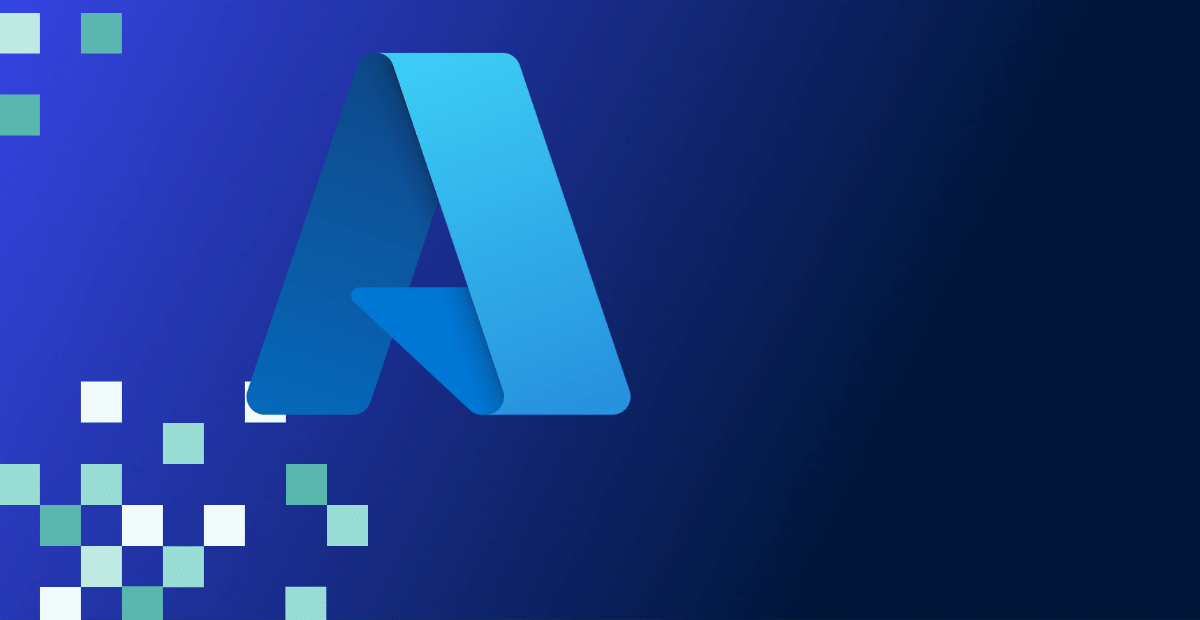Preparing for the Microsoft AZ-900 Exam

Microsoft has offered Azure certification exams for years, but until recently, they were all meant for technical IT professionals. Now non-technical professionals, such as salespeople and managers, can take the AZ-900 exam to prove their understanding of Azure fundamentals. People who pass this exam will earn the Microsoft Certified Azure Fundamentals certification.
Here are the topics covered in the AZ-900 exam and the relative weight of each section:
The cloud concepts section covers key cloud computing terms, the benefits of using cloud services, and the different cloud service types. You’ll need to understand terms such as high availability, scalability, and manageability and be able to describe the differences between Infrastructure-as-a-Service (IaaS), Platform-as-a-Service (PaaS), and Software-as-a-Service (SaaS).
The Azure architecture and services section covers a wide variety of topics, including Azure architectural components, such as subscriptions and availability zones, and some of the core resources available on Azure for compute, networking, and storage. The main compute services to know are Azure Virtual Machines and Azure App Service. The primary networking service is Azure Virtual Network, but you also need to know several other services that connect networks and their resources together, such as Azure ExpressRoute. You won’t be surprised to hear that the main storage service to know is Azure Storage, but there are a few other items as well, such as Azure Data Box.
This section also covers identity, access, and security services. The most important identity and access services are Azure Active Directory and role-based access control (RBAC). Another security service you need to know for the exam is Microsoft Defender for Cloud.
The Azure management and governance section covers tools for cost management, governance and compliance, managing and deploying resources, and monitoring. Some examples of cost management tools are the Total Cost of Ownership calculator and Azure Cost Management. Governance and compliance features are tools such as Azure Policy and resource locks. Tools for managing and deploying resources include Azure Cloud Shell, Azure Resource Manager templates, and several others. The primary monitoring tool is, of course, Azure Monitor, but you’ll also need to know about Azure Advisor and Azure Service Health.
Given the breadth of topics you’re required to know for the exam, you’ll likely need to learn more about many of them. I recommend taking self-paced courses and practice exams on the relevant areas of Azure. The best way to do that is to go through Cloud Academy’s AZ-900 Exam Preparation Learning Path, which includes video-based courses, hands-on labs, and a practice exam to test your knowledge before you take the actual exam.
Watch this short video for an overview of AZ-900 Exam Preparation:

